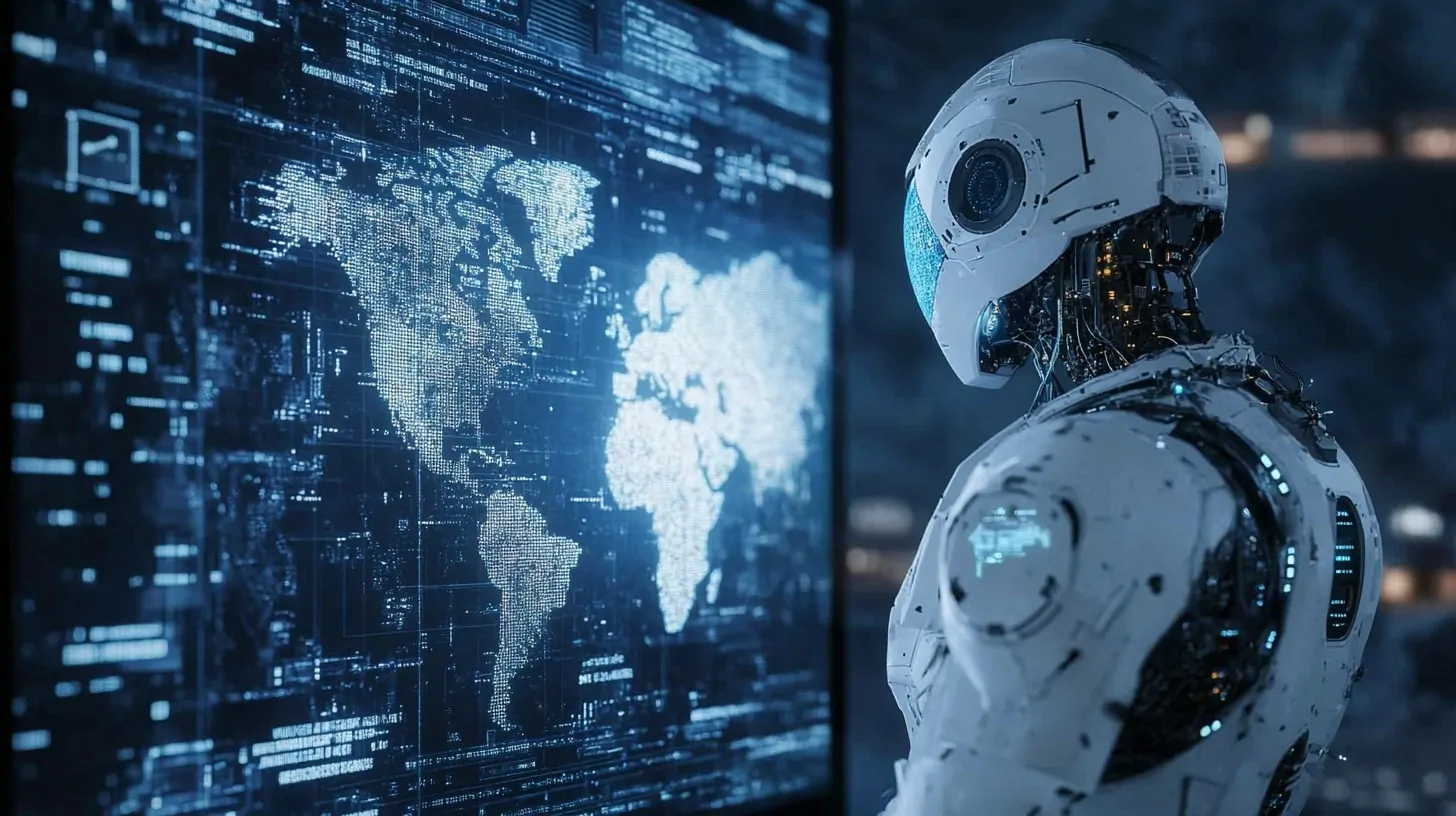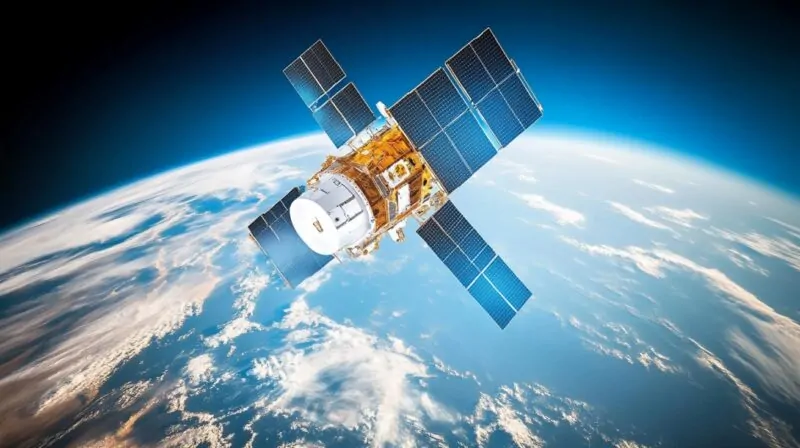Artificial intelligence, or AI, has rapidly transformed modern military operations. Its integration strengthens decision-making, efficiency, and combat readiness.
AI-driven tools enhance strategic planning, automate logistics, and refine surveillance capabilities.
AI plays a growing role in shaping tactics and operational effectiveness. Let us talk about it.
Table of Contents
ToggleAI in Military Training and Simulation
AI-driven training systems are transforming how soldiers prepare for combat.
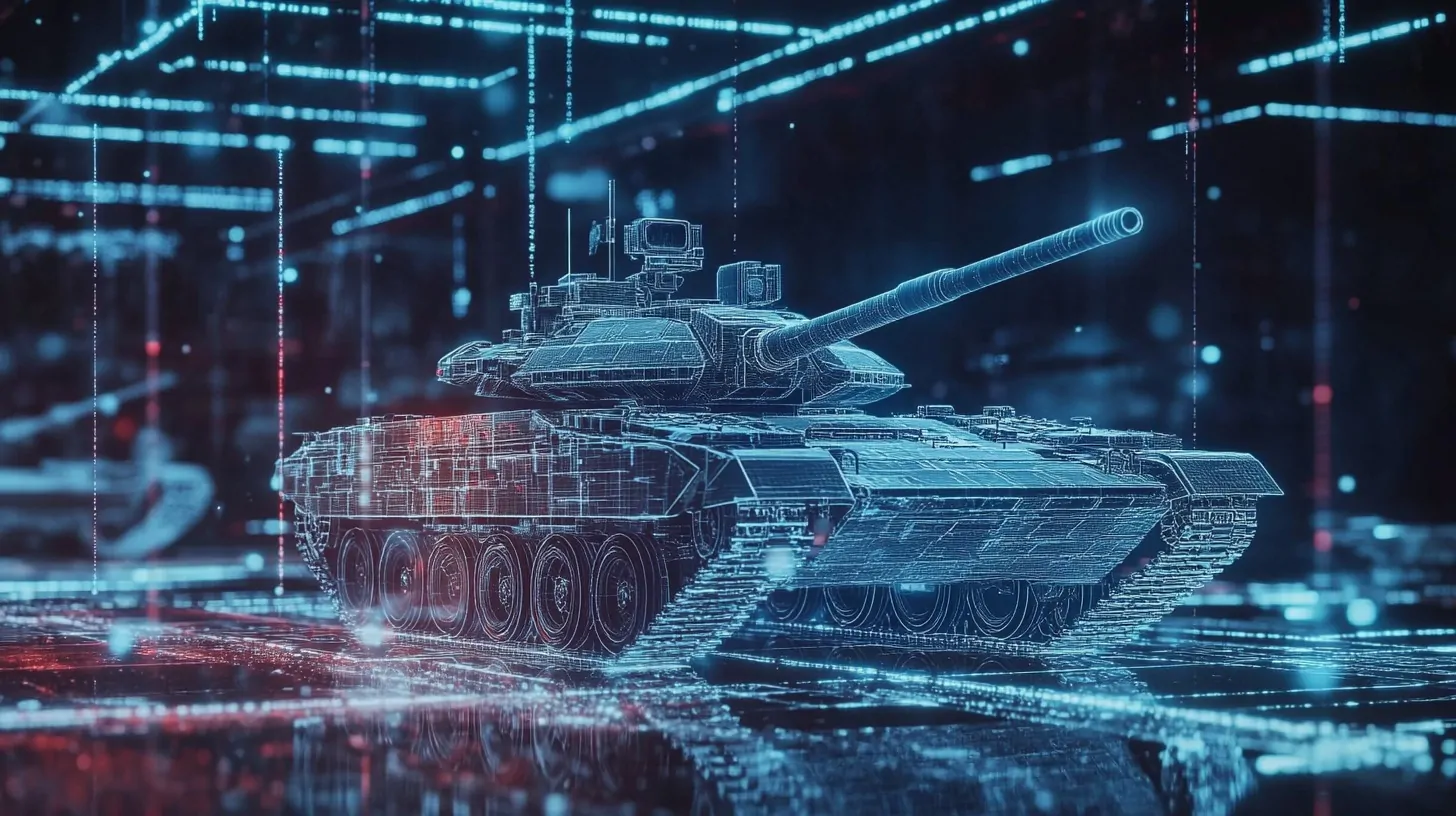
Realistic Battlefield Simulations
AI-powered simulations create highly detailed and unpredictable combat environments.
Soldiers engage in complex missions that mirror real-life operations, allowing them to refine their skills under realistic conditions.
- Scenarios include urban warfare, desert combat, and jungle operations.
Adaptive Learning and Personalized Training
Machine learning algorithms tailor exercises to each soldier’s strengths and weaknesses, ensuring a customized training approach.
- AI continuously assesses individual performance and adjusts difficulty levels accordingly.
Continuous Feedback and Decision-Making Enhancement
Artificial Intelligence, or #AI-enabled systems are a part of everyday life.
The project involves the development of technologies that support #Soldiers’ ability to team with AI-enabled robotic tanks.
➡️ https://t.co/dlRTqoaaQl#Adapt2Win pic.twitter.com/baA7et07v2
— U.S. Army (@USArmy) August 6, 2020
AI-powered analytics provide real-time assessments of soldier performance, enabling immediate improvements.
- Virtual instructors offer tactical insights and suggest corrective measures.
Immersive Virtual and Augmented Reality Training
Advanced VR and AR technologies allow troops to engage in interactive training experiences, boosting muscle memory and situational awareness.
- AI-driven VR headsets create 360-degree combat environments.
AI in Strategic Decision-Making
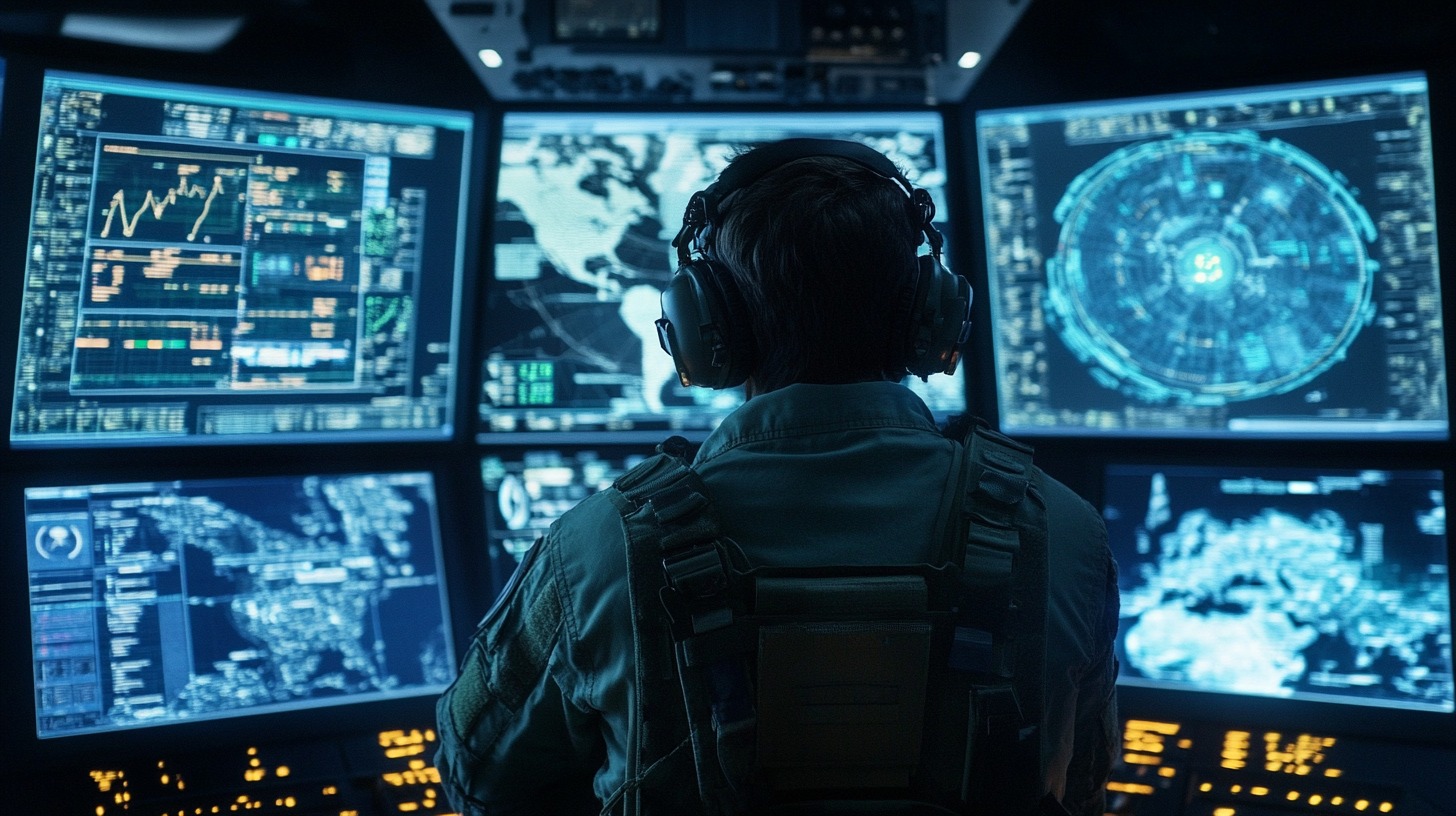
Artificial intelligence plays a crucial role in military decision-making by processing large amounts of battlefield data, identifying patterns, and predicting potential threats.
These capabilities enhance mission planning, improve response times, and increase overall combat effectiveness.
AI-driven tools support military leaders by offering detailed assessments of terrain conditions, enemy positioning, and available resources, allowing for better-informed tactical and strategic choices.
Battlefield Data Processing and Predictive Analytics
AI enhances battlefield awareness by rapidly analyzing intelligence gathered from multiple sources, including satellite imagery, reconnaissance reports, and sensor networks.
- Detecting enemy movement patterns and forecasting possible engagements.
- Identifying vulnerabilities in both friendly and adversarial formations.
- Assessing terrain features to optimize troop deployment and movement strategies.
- Generating threat probability models to anticipate hostile actions.
Predictive analytics further refine battlefield awareness by simulating various scenarios.
- Simulating enemy responses to different tactical maneuvers.
- Estimating the likelihood of mission success based on current battlefield conditions.
- Offering alternative strategies that may reduce risk and improve operational efficiency.
Command and Control Operations
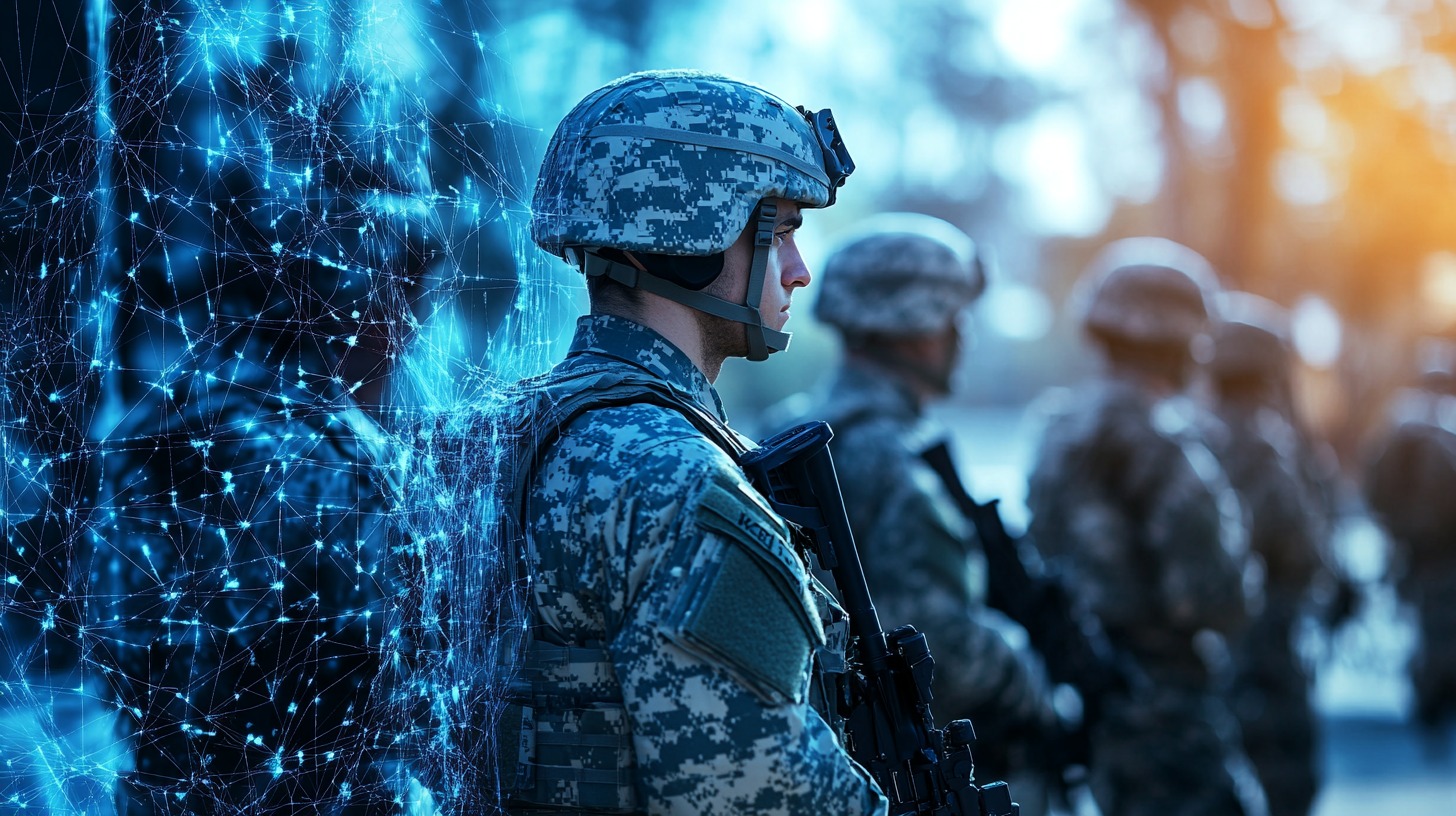
Modern command and control systems rely on AI to process real-time data and enhance coordination.
- Filtering and prioritizing incoming intelligence to highlight urgent threats.
- Recommending effective tactics based on historical engagements and current conditions.
- Reducing the cognitive load on human decision-makers by automating routine analysis.
- Enhancing situational awareness with real-time updates and AI-generated recommendations.
Intelligence Gathering and Surveillance
AI also plays a vital role in intelligence collection and analysis, processing reconnaissance data to provide actionable insights.
- Automatically identifying hostile units, equipment, and potential threats.
- Analyzing intercepted communications for critical intelligence.
- Detecting patterns in enemy logistics and supply movements.
- Processing massive amounts of data faster than human analysts, improving response times.
AI in Autonomous Systems and Robotics
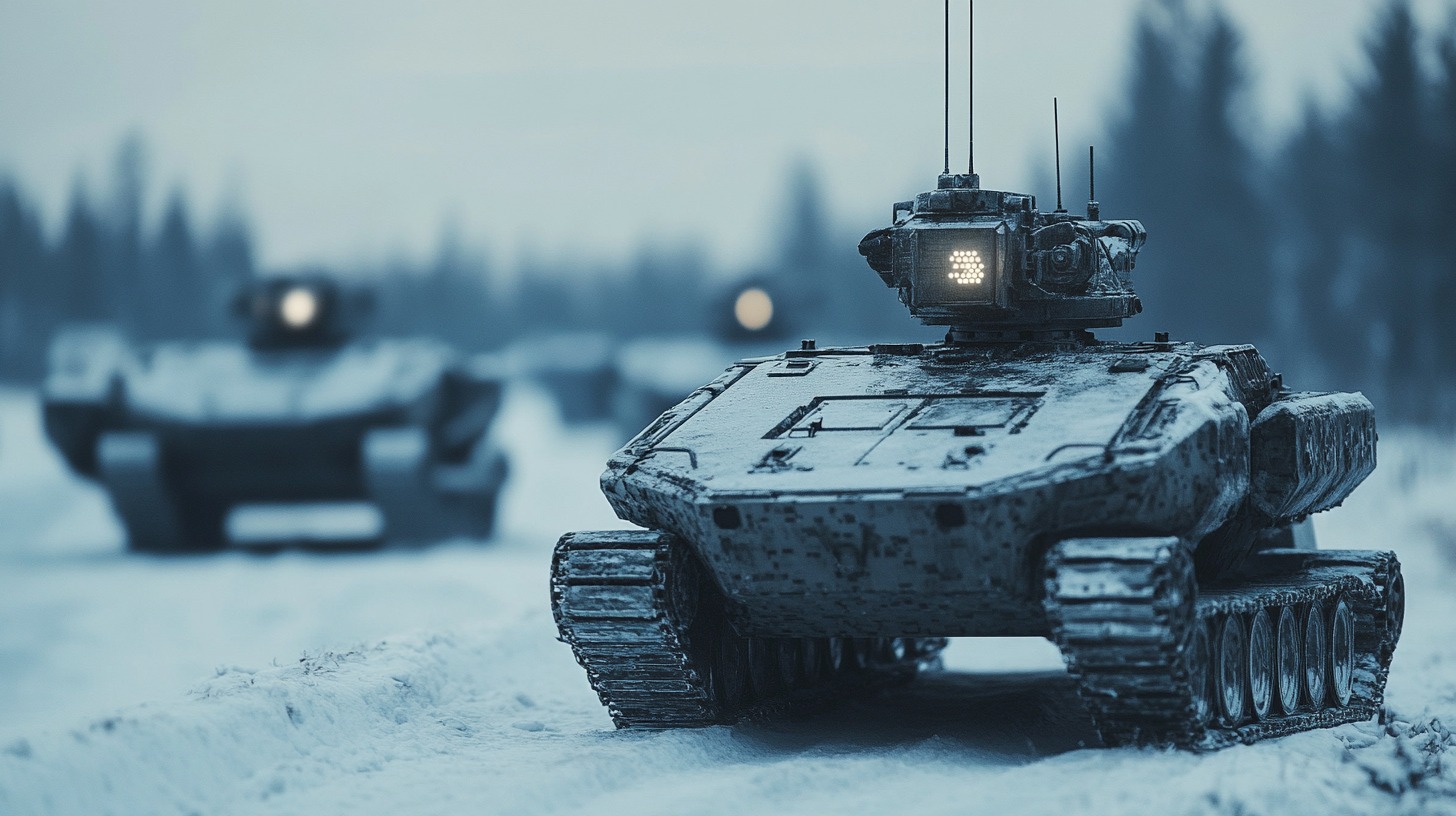
Autonomous systems play a growing role in modern military operations, reducing risks to personnel while enhancing efficiency. These machines execute complex tasks with precision, often outperforming traditional human-led approaches in speed and accuracy.
Military forces worldwide continue to integrate autonomous platforms into their strategic planning, leveraging their adaptability and real-time responsiveness.
One of the most widely adopted applications in military autonomy involves drones. These aerial systems conduct reconnaissance missions, track enemy movements, and deliver payloads with minimal human oversight.
AI enables these machines to process information instantly, adjusting flight paths and targeting parameters as conditions change. By reducing the need for direct operator control, AI-equipped drones allow forces to conduct surveillance and strike missions with enhanced operational flexibility.
Unmanned ground vehicles (UGVs) provide vital support in combat zones, transporting supplies, extracting wounded personnel, and neutralizing threats. AI-driven UGVs navigate through complex terrain, identify obstacles, and make real-time adjustments to ensure mission success.
Their ability to function in hazardous environments minimizes risk to human soldiers, allowing them to focus on strategic objectives instead of logistical concerns.
Some models are equipped with defensive and offensive capabilities, adding another layer of protection on the battlefield.
AI in Threat Detection and Surveillance
Artificial intelligence has redefined how modern militaries identify and respond to threats. By analyzing vast amounts of data, AI enhances situational awareness and strengthens defense mechanisms.
Automated systems process intelligence at a speed and scale impossible for human analysts alone, allowing military forces to stay ahead of adversaries.
Threat detection operates across multiple domains, including physical security, cybersecurity, and reconnaissance.
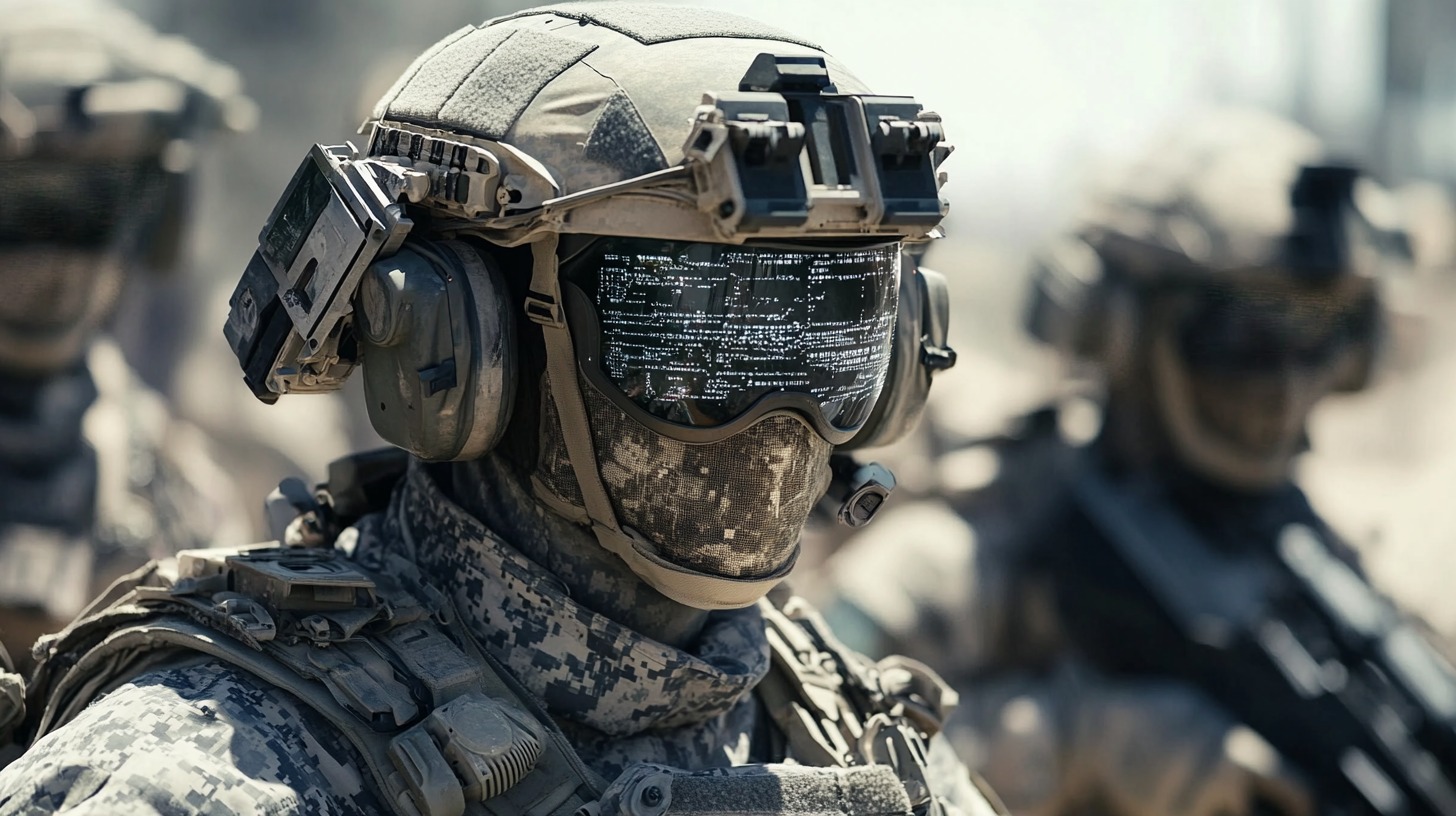
- Automated Target Recognition (ATR) – systems identify, track, and classify enemy movements, reducing reliance on human operators. These systems use machine learning to detect patterns in real-time video feeds, drone footage, and radar scans.
- Cybersecurity Defense – safeguards military networks by identifying anomalies in data traffic, preventing cyberattacks before they cause damage.
- Reconnaissance and Intelligence Gathering – processes information from multiple sources, including satellite imagery, intercepted communications, and sensor data.
Automated Target Recognition (ATR)
Traditional surveillance relies on human operators monitoring hours of footage, increasing the likelihood of:
- Fatigue
- Missed threats
AI-powered target recognition systems eliminate this issue by autonomously identifying and tracking enemy personnel, vehicles, and weapon systems.
Machine learning algorithms analyze video feeds, drone imagery, and radar scans, detecting anomalies with precision. It can differentiate between civilians, allied forces, and hostile actors, reducing the risk of misidentification.
Real-time tracking ensures that military personnel receive instant updates on enemy positioning.
AI-powered systems predict movement patterns, providing strategic insights that help commanders prepare responses. These tools also assist missile defense systems in recognizing incoming projectiles and improving interception rates.
Cybersecurity Defense

Modern warfare extends into the digital sphere, where it plays a crucial role in defending against cyber threats.
Sophisticated attacks on military networks can compromise critical infrastructure, disrupt communication channels, and steal classified data.
AI-driven cybersecurity solutions continuously monitor network activity, detecting irregularities that indicate potential intrusions.
- Threat Detection – AI monitors data flows, identifying suspicious behavior such as unauthorized access attempts or unusual data transfers.
- Automated Response – Once a threat is identified, AI takes immediate action, isolating compromised systems and neutralizing malware.
- Adaptive Learning – AI-based defense systems evolve by learning from previous attacks, strengthening their ability to counter emerging cyber threats.
Reconnaissance and Intelligence Gathering
Intelligence is a cornerstone of military success, and it significantly enhances information collection.
By processing massive volumes of satellite imagery, intercepted communications, and sensor data, AI-powered reconnaissance tools provide comprehensive insights into enemy activities.
- Satellite Image Analysis – scans satellite images, detecting unusual movements, new infrastructure, or military buildup.
- Intercepted Communications Processing – systems analyze encrypted messages, identifying key phrases and patterns that may indicate operational planning.
- Environmental Monitoring – assesses weather conditions, terrain obstacles, and other environmental factors that could impact military operations.
AI as a Combat Multiplier in Military Operations
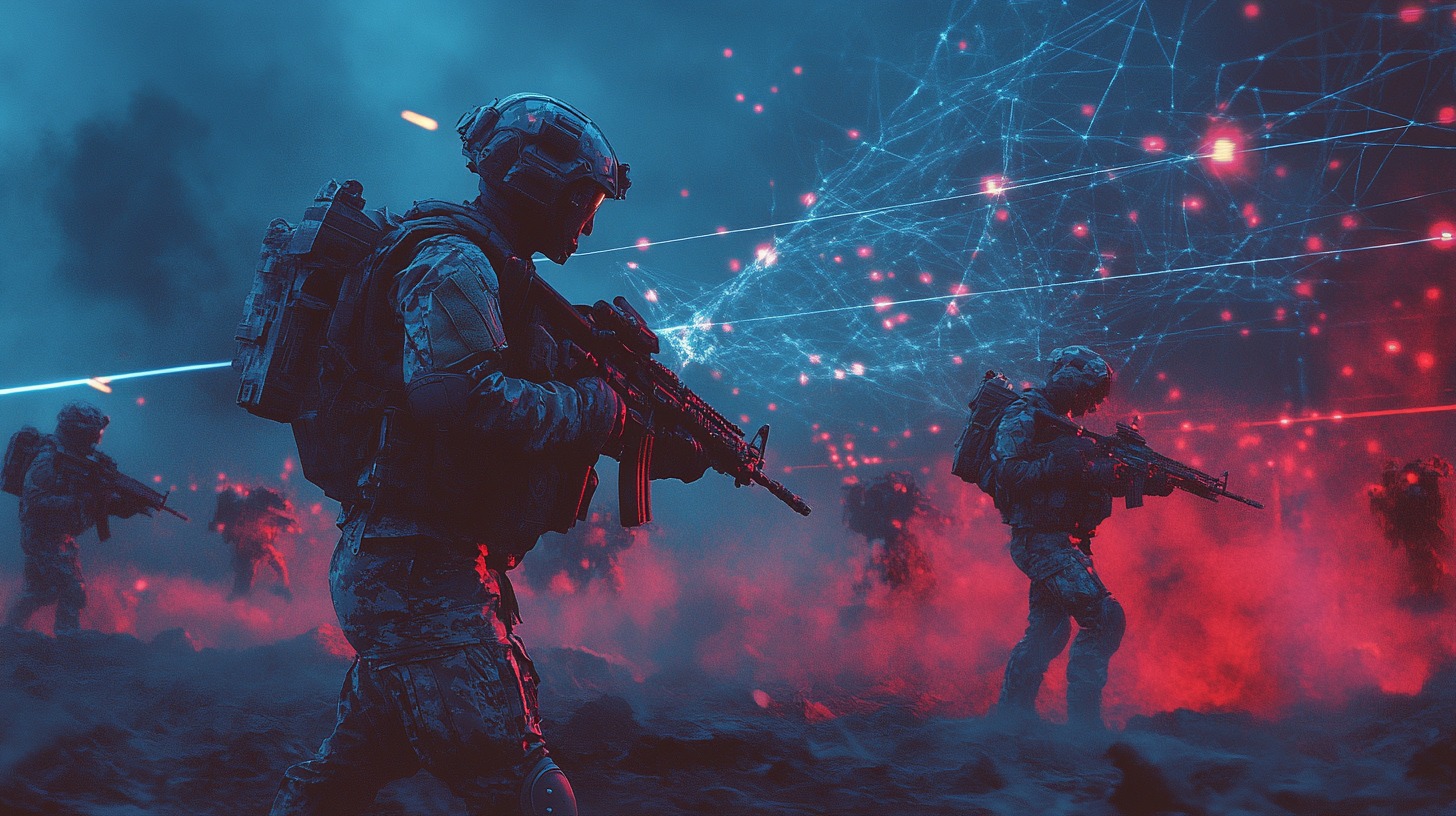
AI has become an essential tool in modern military operations, enhancing planning, coordination, and execution.
Automating intelligence preparation, logistics, and supply chain management, streamlines processes that would otherwise require significant manpower and time.
Machine learning models predict resource needs in advance, allowing for strategic allocation and reducing operational inefficiencies.
To highlight key ways it serves as a combat multiplier, the following areas stand out:
| Application | Description |
|---|---|
| Automated Logistics and Resource Management | Optimizes logistics by monitoring inventory, forecasting needs, and managing transport. |
| Predictive Maintenance and Equipment Optimization | Detects equipment failures early, ensuring proactive maintenance and reducing downtime. |
| Enhanced Battlefield Coordination | Analyzes troop movements and enemy positioning for real-time tactical adjustments. |
| Mission Adaptability Through AI-Assisted Decision-Making | Simulates battle scenarios to help commanders choose the best strategic options. |
| Unmanned Systems Integration for Operational Efficiency | Drones and robots conduct reconnaissance, deliver supplies, and engage threats. |
| Cyber Defense and Electronic Warfare | Detects cyber threats, secures networks, and disrupts enemy communications. |
| AI in Target Recognition and Precision Strikes | Improves targeting accuracy, reducing collateral damage and enhancing mission success. |
Summary
AI has revolutionized military operations, enhancing combat strategies, decision-making, and efficiency.
Continued research and development are essential for refining AI-driven defense capabilities.
While technological advancements offer significant advantages, responsible deployment, and ethical considerations remain key in shaping the future.
Sources
- NextGov – Adding generative AI to wargame training can improve realism, but not without risk
- Research Gate – Enhancing Our Lives with Immersive Virtual Reality
- MDPI – Using KOCOA Military Terrain Analysis for the Assessment of Twentieth Century Battlefield Landscapes
- Mick Ryan – Military Applications of Autonomy and AI
- SentinelOne – AI Threat Detection: Leverage AI to Detect Security Threats
- Research Gate – Satellite Imagery, Very High-Resolution and Processing-Intensive Image Analysis

